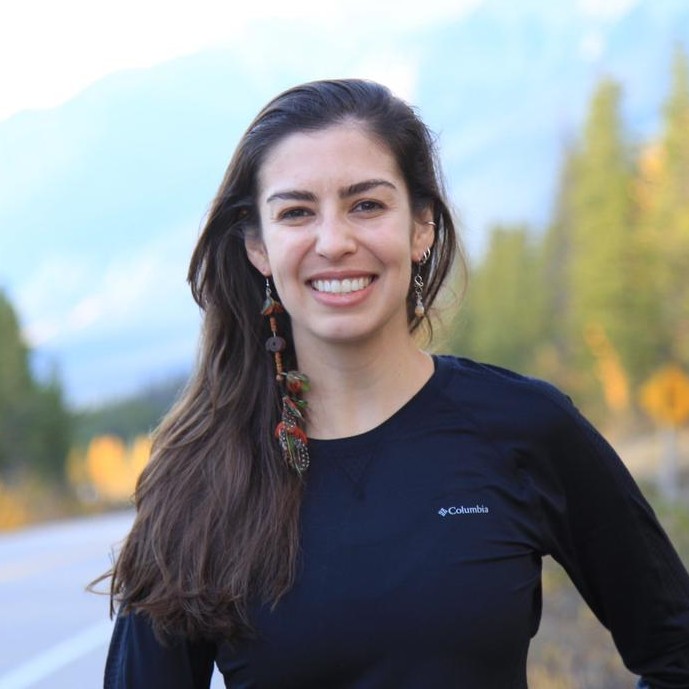Luísa de Carvalho

ESB 1-26
University of Alberta
Earth and Atmospheric Sciences
Edmonton, AB
T6G 2E3 Canada
Fax: ++1-780-492-2030
luisa.carvalho@ualberta.ca
Education and Career
2014 – BSc Geology. Universidade Federal Rural do Rio de Janeiro, Brazil. Including a year as an exchange student at the University of Alicante, Spain (2012-2013). BSc thesis: Title: Petrography and Metamorphic Analysis of the “Onça” Meta-ultramafic body and satellite occurrences, Minas Gerais, Brazil. Supervisor: Soraia Almeida
2017 – MSc Geology. Universidade Federal do Rio de Janeiro, Brazil. MSc thesis: Mineralogy of Diamonds from Chapada Diamantina Bahia, Brazil. Supervisor: Jurgen Schnellrath
2022 – PhD Geology. Universidade Federal de Ouro Preto, Brazil. Including nine months as a visiting graduate student at the University of Alberta, Canada (2021-2022). PhD thesis: The Subcontinental Lithospheric Mantle and Diamond Occurrences in the Alto Paranaíba Region, Southwestern São Francisco Craton, Brazil. Supervisor: Ricardo Scholz
2023 – Postdoctoral Research Fellow at the University of Alberta
Research
The history of diamonds from Brazil is fascinating; the mismatch between alluvial diamond occurrences and diamond primary sources is intriguing. The Alto Paranaíba region, southwestern São Francisco Craton, in western Minas Gerais state, draws special attention to this issue. A number of large and fancy-colored diamonds have been produced from alluvial deposits in the area and occur in close spatial association to numerous kimberlites from the Alto Paranaíba Igneous Province (APIP).
During my PhD, I started to investigate the lithospheric mantle under this region through a detailed study, first focusing on mineral concentrate from a newly discovered kimberlite and then on diamonds and their mineral inclusions from alluvial deposits in the APIP area. My diamond study was fully developed during an exchange at the University of Alberta, and revealed important implications on why traditional exploration techniques failed when applied to diamonds from unconventional substrates.
As a continuation of my PhD studies, I am investigating the diamonds from the Alto Paranaíba area from a stable and radiogenic isotopic perspective. The application of multiple isotope systems to diamonds (δ13C, δ15N) and their mineral inclusions (δ18O, Sm-Nd, Rb-Sr, Re-Os, Ar-Ar) will bring an improved understanding of the timing, setting and genesis of the Alto Paranaíba diamonds and also greatly improve knowledge of the lithospheric architecture of the São Francisco Craton – fundamental knowledge that benefits the search for any mineral deposit.